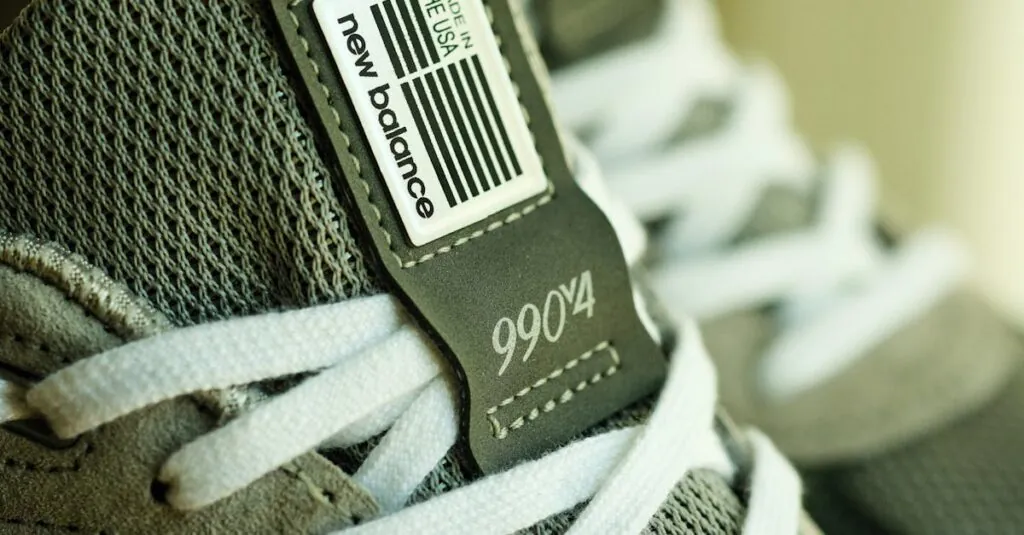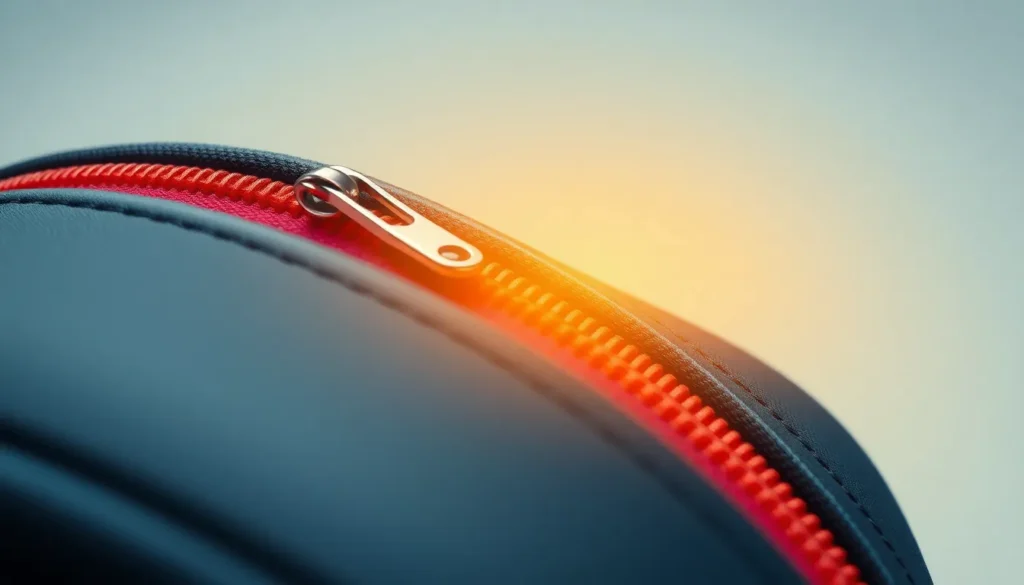In a world overflowing with products, first impressions can make or break a design. Think of product design as the first date of the retail world; if it doesn’t wow, it’s likely to end up ghosted. From sleek gadgets to quirky household items, the way a product looks and feels can spark joy or send consumers running for the hills.
Understanding Product Design Impressions
Product design impressions play a vital role in shaping consumer perceptions and interactions. These impressions encompass visual elements and tactile experiences that can evoke strong feelings, influencing purchase decisions.
Definition of Product Design Impressions
Product design impressions refer to the immediate reactions consumers form when encountering a product. Visual aesthetics, materials, and usability contribute significantly to these impressions. A well-designed product captures attention and creates emotional connections. Designers focus on elements such as color, shape, texture, and functionality to craft an engaging experience. Any negative aspect may lead to unfavorable perceptions and decreased interest in the product.
Importance in Consumer Behavior
Importance lies in the ability of product design impressions to affect consumer behavior directly. Positive impressions increase the likelihood of purchase and brand loyalty. Research indicates that 70% of consumer decisions are influenced by product appearance. Consumers often associate well-designed products with higher quality and value. Immediate impressions impact not only initial buying choices but also long-term brand perception. Engaging designs invite exploration, while poorly designed products can deter interest and diminish sales.
Key Elements of Product Design
Product design encompasses several key elements that shape consumer impressions. Understanding these aspects can lead to more successful products.
Aesthetic Appeal
Aesthetic appeal focuses on visual aspects of a product. Colors, shapes, and textures play crucial roles in attracting consumers. Research indicates that 93% of consumers prioritize visual appearance when making purchase decisions. Engaging colors can evoke emotions, while unique shapes and textures draw attention. Brands utilizing appealing designs often create a memorable first impression. This positive perception can lead to increased engagement and interest in exploring the product further.
Functionality and Usability
Functionality and usability determine how effectively a product meets user needs. Products designed with intuitive interfaces encourage a smooth user experience. Simplifying access to important features enhances satisfaction, increasing the likelihood of repeat purchases. Research shows that 70% of consumers consider functionality paramount in their purchasing decisions. When a product delivers on its promises and performs seamlessly, consumers develop trust in the brand. A focus on usability can lead to fewer frustrations and higher customer retention.
Brand Identity
Brand identity plays a significant role in product design. A cohesive design aligns with brand values, strengthening recognition and loyalty. A strong logo and consistent color palette create an immediate association with the brand. Companies that reflect their ethos in product design often see enhanced consumer loyalty. Research shows that 65% of consumers prefer brands with clear identities. Unique design elements can make a brand stand out in crowded markets, reinforcing its presence and fostering deeper connections with customers.
Factors Influencing Product Design Impressions
Product design impressions derive from several critical factors that shape consumer perceptions. These elements significantly impact how a product resonates with its audience.
Materials and Textures
Materials and textures play vital roles in forming product impressions. Consumers often respond to tactile experiences, with high-quality materials evoking feelings of trust and luxury. For instance, using soft fabrics can create comfort, while sleek metals suggest modernity. Sensorial elements influence how a product feels in hand, affecting purchase decisions. Research indicates that a substantial percentage of consumers prioritize texture in their buying choices. Products made with sustainable materials resonate well with eco-conscious buyers, reinforcing positive impressions and brand loyalty.
Color Psychology
Color psychology greatly impacts product attractiveness and perceived value. Specific colors evoke particular emotions; for example, blue often conveys trust and professionalism, while red may stimulate excitement and urgency. Brands leverage color to align with target audiences, enhancing recognition and recall. Research shows that 93% of consumers’ purchase decisions relate to visual appearance, making color choice critical in design. Attention-grabbing colors can direct focus toward essential features or brand elements, thereby influencing overall consumer impressions.
Innovation and Trends
Innovation and trends significantly shape product design impressions. Staying current with design trends allows brands to capture consumer interest and attention. Utilizing unique shapes or incorporating cutting-edge technology can set a product apart in a crowded market. Consumers often seek fresh designs that reflect contemporary aesthetics, enhancing perceived value. Market research shows that innovative features can enhance brand loyalty, making products more appealing to potential buyers. Products that effectively balance innovation with usability often leave lasting impressions that drive consumer engagement.
Evaluating Product Design Impressions
Evaluating product design impressions involves gathering insights from users and analyzing market trends. These evaluations reveal how consumers respond to various design elements.
User Testing and Feedback
User testing plays a crucial role in understanding product design impressions. Conducting sessions with target audiences allows designers to observe real-time interactions. Insights from these sessions inform necessary adjustments. Collecting feedback through surveys or interviews also uncovers users’ preferences and pain points. Discovering whether consumers find a design appealing or functional guides designers in refining their products. The significance of usability cannot be overstated; intuitive designs lead to enhanced satisfaction and trust in the brand.
Market Research Techniques
Market research techniques aid in assessing product design impressions comprehensively. Surveys and focus groups provide valuable data on consumer preferences and trends. Analyzing competitors’ products also yields insights into successful design strategies. Employing analytics tools to track consumer behavior offers quantitative evidence on product performance. Examining demographic factors, such as age and lifestyle, enhances understanding of target markets. Exploring these research methods reveals correlations between design elements and consumer buying decisions, shaping effective design strategies.
Product design impressions play a pivotal role in shaping consumer behavior. A well-designed product not only attracts attention but also fosters trust and loyalty among customers. By focusing on aesthetics functionality and brand identity designers can create products that resonate deeply with their target audience.
Understanding the nuances of materials color psychology and user experience can significantly enhance a product’s appeal. Engaging designs invite exploration while thoughtful usability ensures satisfaction. As trends evolve staying attuned to consumer preferences becomes essential for maintaining relevance in a competitive market.
Ultimately the right product design impressions can lead to increased sales and a stronger brand presence. By prioritizing these elements designers can craft experiences that leave lasting impressions and drive consumer loyalty.













